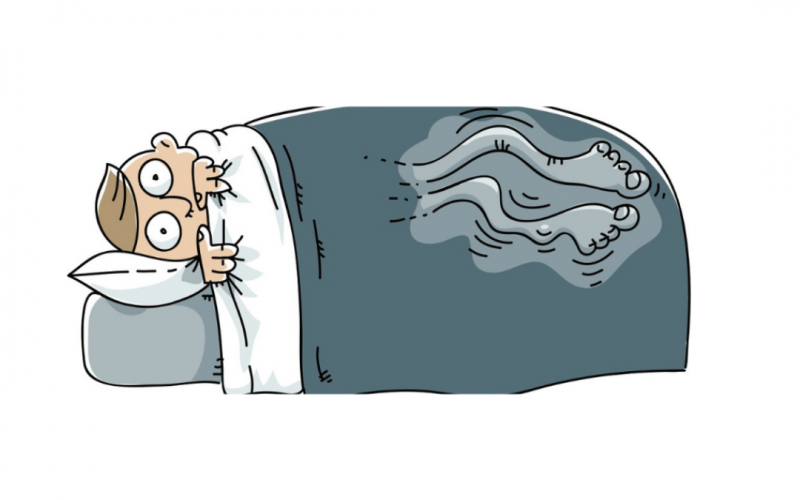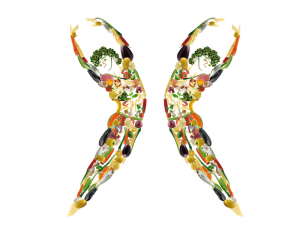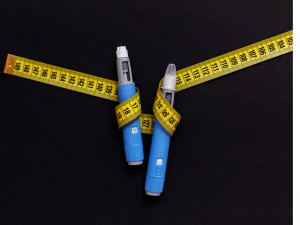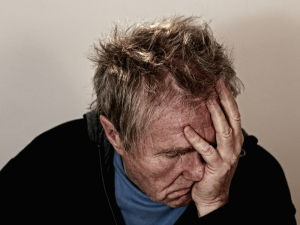Restless leg syndrome is a nighttime condition of unpleasant sensations in the legs. This could be cramps, aching, pain, tingling or burning. Restless legs syndrome is also known as Willis-Ekbom disease, a common condition of the nervous system that causes an overwhelming, irresistible urge to move the legs.
Risk factors & causes
The cause of restless leg syndrome is not well understood, other conditions can mimic restless leg syndrome including poor circulation to the lower extremities, Fibromyalgia, and neuropathy. Evidence suggests that low iron levels in the brain and poor regulation of dopamine may play a role in the condition. In most cases, restless leg syndrome begins gradually, and it can lead to sleep difficulties and insomnia, which can cause daytime drowsiness, fatigue and irritability.
This is what we do know
- Although its name suggests that it affects the legs, RLS can affect other parts of the body. including the arms, torso, and head
- It runs in families.
- Research suggests the leading cause of restless leg syndrome is often nutritional, iron deficiency
anaemia , vitamin B1 or potassium deficiency. - Doctors associate it with pregnancy, obesity, smoking, nerve disease, diabetes, kidney failure, poor circulation of the legs and varicose veins
- Doctors have linked certain medications and drugs including caffeine with the syndrome.
- Children can get restless leg syndrome too, but it’s often misdiagnosed as growing pains.
- Most people with RLS have limb jerking during sleep, referred to as Periodic Limb Movements (PLM)
Symptoms can include:
- People report feeling most symptoms deep inside the calf muscles or in their feet, but it can also affect the upper leg in the thighs.
- A strong urge to move or stretch the legs to make sensations stop.
- Involuntary leg twitches and jerks, similar to having a cramp, doctors also call this periodic limb movement.
- Most individuals also have associated with sleep disruption because of jerking limbs during sleep known medically as Periodic Limb Movements (PLM)
Types of RLS
Primary or idiopathic RLS has no known cause and usually begins slowly before approximately 40–45 years of age. It is often genetically linked, and it is likely that another family member may also share the condition. Primary RLS can come and go, sometimes for months on end, and is often progressive, meaning it gets worse with age.
Secondary RLS often has a sudden onset usually associated with another medical condition such as iron deficiency anaemia, or the use of certain medications, such as the antihistamines found in cold and allergy remedies.
Research
In 2005, Allen and Walters published a paper which looked at the prevalence and impact of Restless Legs Syndrome. 15,391 people with the condition completed questionnaires. The report’s authors concluded that RLS is common with a prevalence of 2.7%, but interestingly it’s under-diagnosed. Their study also revealed the significant affects on sleep and quality of life, here are some of their findings;-
- 88% reported sensory symptoms including the inability to get comfortable, pain, the urge to move
- 76% said they experienced sleep-related symptoms including the inability to fall asleep, interrupted sleep, insufficient sleep
- 56% reported a disturbance of daytime functioning including fatigue/exhaustion, sleepiness, difficulty concentrating
- 37% reported symptoms affecting movement including twitching and jerky movements
- 26% reported mood disturbance including a tendency to become depressed/low
Getting a diagnosis and medical treatment
In most cases, restless legs syndrome is not a sign of a more seriou health problem, but if people experience any of the following symptoms: dizziness, fainting, memory loss or severe numbness and tingling in the limbs, they should talk to their GP.
Blood tests are usually taken to rule out nutritional deficiencies, and underlying medical conditions. Restless leg syndrome is not curable, but medications can reduce the symptom and help control the amount of movement in the legs, painkillers and sometimes sleeping pills.
Self-help & home remedies
- Stopping smoking can reduce or prevent symptoms.
- Walking or moving the affected body part can provide temporary relief from unpleasant feelings.
- Research suggests that using hot-cold contrast therapy 2 hours before bed can help avoid attacks, alternating warm and cold water will increase blood flow to the legs, 20 seconds of cold water followed by 10 seconds of warm water during a nighttime shower can be helpful.
- Natural treatments such as quinine water at bedtime (tonic water), is an old treatment which some people report is beneficial.
Diet and nutrition
- Magnesium Oil Spray used on the legs can be beneficial to some sufferers
- Eating more foods rich in the vitamins and mineral mentioned above or taking supplements might reduce symptoms if deficiencies are the primary cause. As always check with a health professional before taking any supplements
- Reduce caffeine and alcohol can be very helpful.
- Keep well hydration as RLS can be aggravated by dehydration.
Final thoughts
RLS-UK, is a registered charity in England and Wales, raising awareness, providing information and support to those living with Restless Leg Syndrome (RLS). Members of can get a Medical Alert Card which may be helpful when travelling especially by plane or on a motorway and need to a stop or move regularly to get relief.
SaveSave
SaveSave
SaveSave
SaveSave







